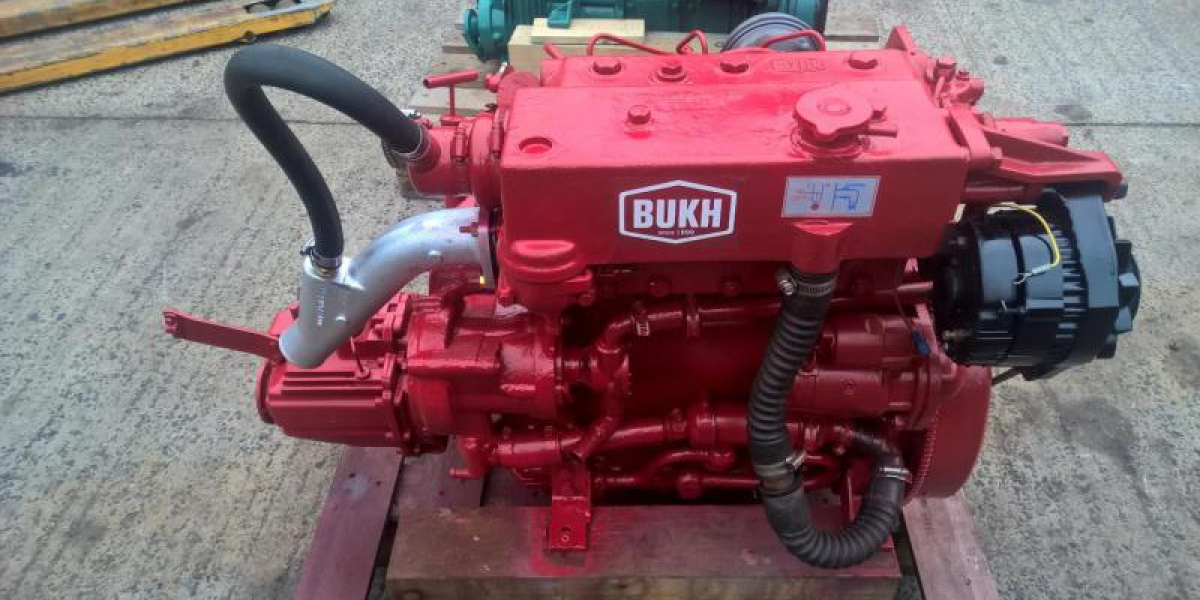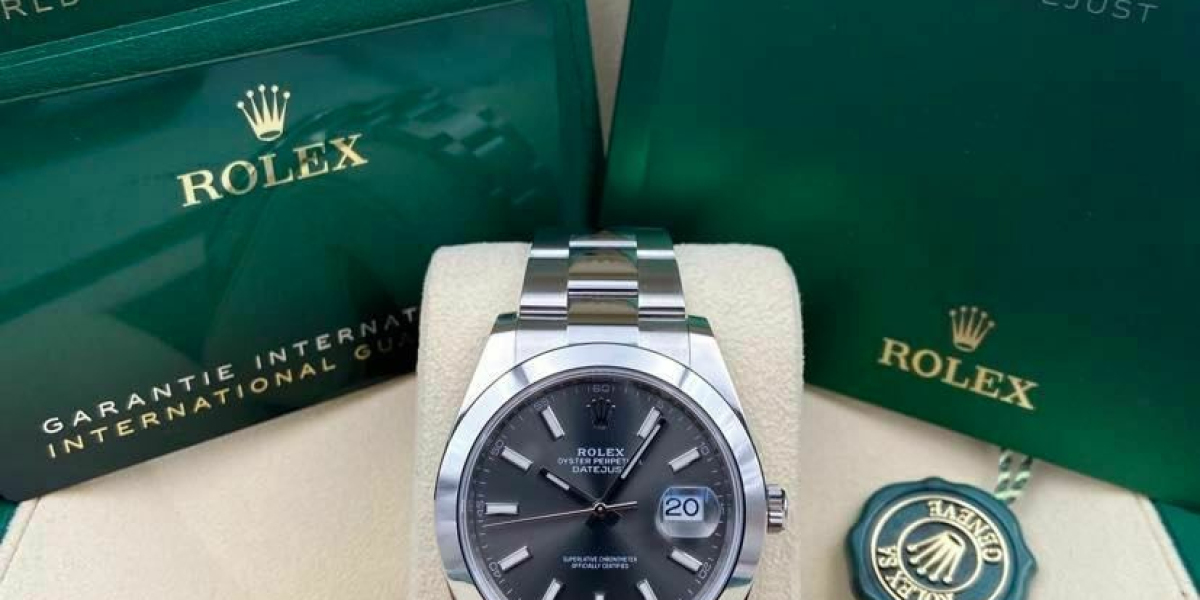Unlike many engines that are merely “marinized” versions of industrial motors, bukh diesel engines are purpose-built for rugged marine environments. This specialized engineering ensures unparalleled reliability and performance during critical rescue missions where failure is not an option.
At the core of each Bukh engine is a simple yet robust design philosophy focused on durability and ease of maintenance. Lifeboats and rescue boats often face harsh conditions, long idle periods, and sudden high-load demands. Bukh diesel engines withstand these challenges with minimal wear, thanks to features such as balanced rotating counterweights that reduce vibrations and finely machined tolerances minimizing noise and mechanical stress. This means the engine runs smoothly and reliably in urgent situations, enabling quicker response times.
Compliance with Stringent Safety and Marine Regulations
Bukh diesel engines comply with rigorous marine safety standards, including SOLAS (Safety of Life at Sea) regulations and international maritime safety codes. This compliance makes them a trusted choice for shipbuilders and maritime authorities responsible for outfitting lifeboats and rescue vessels.
One remarkable aspect of bukh diesel engines is their versatile starting systems, which accommodate electric, hydraulic, spring, and manual starts. This flexibility is valuable in lifesaving applications where power failures or battery depletion might occur, allowing operators to start the engine under various conditions. Additionally, some models feature DNV-certified cold starting systems capable of reliable ignition in extreme climates down to -40°C, ensuring readiness even in polar regions.
This compliance and adaptability to international standards guarantee that vessels equipped with bukh diesel engines meet legal safety requirements, gaining approval from classification societies and coast guards globally.

Advanced yet Simple Fuel and Cooling Systems
Bukh diesel engines incorporate advanced fuel management systems that regulate fuel consumption based on immediate engine load. This automatic fuel control not only improves efficiency but also lowers emissions, contributing to safer air quality around rescue operations and reducing environmental impact.
The cooling system, typically keel cooling with thermostat control, maintains optimal engine temperatures even during extended use. Efficient engine cooling is essential to avoid overheating in rescue scenarios where the engine may be pushed to its limits. The thermostat ensures that the engine warms up quickly when started and sustains cooling when operating at full load, enhancing engine durability and reducing maintenance needs.
Robust Construction for Harsh Environments
The construction of bukh diesel engines is designed to resist corrosion and mechanical wear typical of saltwater exposure and continuous use at sea. Components like wet sump lubrication and water-cooled exhaust manifolds enhance longevity by preventing internal rust and heat damage.
Moreover, the engines contain protective features such as zinc anodes to prevent galvanic corrosion, which is critical in marine environments where electrical currents can accelerate metal deterioration. The use of high-quality materials combined with the compact and balanced layout ensures a lightweight engine package with an optimal power-to-weight ratio, critical for keeping lifeboats agile and responsive.
Integrated Monitoring and Safety Features
Safety on rescue boats depends heavily on monitoring vital engine parameters continuously to prevent failures. Bukh diesel engines come equipped with an operating remote panel featuring onboard diagnostics such as oil pressure warning lights, coolant temperature warnings, charging indicators, and audible alarms. These monitoring systems allow operators to respond promptly if any abnormal conditions arise.
Remote control fittings and standard toolkits for easy on-site servicing further enhance the engine’s maintainability. The availability of manual decompression levers and dry exhaust fittings ensures that routine maintenance and emergency care are straightforward, even under challenging conditions.
Designed for Ease of Operation and Maintenance
The operation of bukh diesel engines prioritizes user-friendliness, vital in emergency and rescue vessels where the crew may not be expert engineers. One-touch start/stop buttons minimize operator error, while the inclusion of remote control options allows for flexible engine management.
The engines are built with simplicity in mind—fewer complex electronics reduce potential failures. This reliability is crucial when seconds count. Maintenance is facilitated through accessible layouts, comprehensive manuals, and availability of spare parts worldwide.
Proven Track Record with Extensive Global Use
With more than 100,000 units manufactured, bukh diesel engines have a solid reputation for exceptional longevity and performance in marine lifesaving applications. Their successful deployment on lifeboats across a wide range of vessels—commercial ships, offshore platforms, and passenger ferries—demonstrates their trustworthiness in high-stakes environments.
Shipyards and lifeboat manufacturers prefer bukh diesel engines when designing rescue crafts because these engines deliver stable and consistent power output for both cruising and maneuvering during rescue missions. Whether it is a Bukh EPA 28, DV 24 RME, or the larger DV 36 models, each variant combines tradition with modern technology to fulfill the demanding criteria of lifesaving operations.
Bukh diesel engines excel in lifeboat and rescue boat applications through their marine-specific design, adherence to strict safety regulations, advanced yet simple fuel and cooling systems, robust corrosion-resistant construction, and integrated monitoring features. The ease of operation and proven reliability under challenging conditions solidify bukh diesel as an ideal marine engine choice for saving lives at sea.









